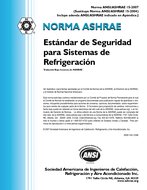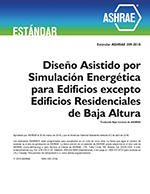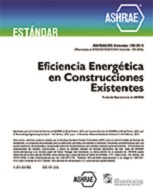Description
Today’s hospital environment places great demands on the hospital’s HVAC systems. The health care HVAC systems are expected to: (1) maintain excellent indoor air quality, (2) provide code-mandated air ventilation rates and pressurization control, (3) assist in preventing the spread of infection and in preserving sterile environments, and (4) maintain a wide range of patient and staff comfort conditions. The proper operation of health care HVAC systems is critical in enhancing patient healing and improving staff performance. The hospital’s HVAC systems are required to provide significant quantities of total ventilation air and outdoor air and to treat this ventilation air. This treatment includes cooling, dehumidifying, reheating, humidifying, and filtration of the air. This paper will illustrate that between 56% and 60% of the typical hospital’s annual energy expenditures are used for transporting and treating ventilation air. Future industry trends indicate even more treatment of the air (filtration, ultraviolet irradiation, etc.) may be required in the future to respond to infection control and bioterrorism issues; which may further increase annual energy costs. This paper will illustrate how energy effective HVAC system design and control strategies—including VAV tracking pressurization control—and unoccupied period control strategies will allow the hospital to maintain the ventilation effectiveness required in the health care environment at significantly reduced energy expenditures.
Paper from IAQ 2004 — Critical Operations: Supporting the Healing Environment Through IAQ Performance Standards
Units: Dual
Citation: IAQ Conference: IAQ 2004
Product Details
- Published:
- 2004
- Number of Pages:
- 16
- File Size:
- 1 file , 430 KB
- Product Code(s):
- D-22554




